The art of throwing effective punch combinations separates elite boxers from ordinary fighters. While a single well-placed punch can end a fight, it's the strategic sequencing of blows that breaks down opponents systematically. Combination punching represents boxing's highest form of tactical violence - where physics, physiology, and psychology intersect in rapid succession.
Great combinations don't happen by accident. They're built upon fundamental mechanics that allow punches to flow from one to the next with minimal energy waste. The rotation of the hips and shoulders acts like a coiled spring, with each punch in the sequence borrowing momentum from the previous one. This kinetic linking turns the upper body into a whip-like mechanism, where the fist becomes merely the snapping endpoint of a powerful kinetic chain.
Footwork forms the foundation of all quality combinations. Without proper positioning, even the most technically perfect punches lose their sting. Elite fighters maintain what trainers call "combination distance" - that precise range where multiple punches can land without requiring major foot adjustments between blows. This delicate spacing allows fighters to stay balanced while attacking, keeping them ready to defend counters or continue the assault.
The psychology behind combination punching reveals why they're so effective. Human reaction time makes it nearly impossible to properly defend against three or four consecutive punches. Even if the initial blows don't land cleanly, they serve as distractions that set up the money punch. This concept of "layered offense" overwhelms the opponent's cognitive processing, creating defensive delays that skilled boxers exploit mercilessly.
Classic combinations have stood the test of time for good reason. The jab-cross-hook sequence, for instance, attacks from multiple angles while naturally rotating the body into powerful positions. What makes this combination deadly isn't just the individual punches, but how each strike positions the fighter to deliver the next with maximum effect. The jab gauges distance, the cross comes up the middle, and the hook capitalizes on the opponent's natural tendency to slip outside after eating straight punches.
Body-head combinations represent another devastating tactical approach. The science behind this is simple - humans instinctively protect their heads when threatened. By starting with liver shots or solar plexus strikes, boxers trigger this protective reflex, causing opponents to lower their hands just as head shots arrive. This physiological manipulation turns the opponent's survival instincts against them in cruel but effective fashion.
Modern boxing has seen an evolution in combination work. Where old-school fighters might throw three-punch sequences, today's elite regularly unleash five or six-punch volleys. This shift reflects improved conditioning methods and a deeper understanding of punch economy. The key lies in maintaining balance throughout these extended combinations - each punch must contribute to the next rather than leave the attacker off-balance.
Defensive considerations separate good combination punchers from great ones. Truly skilled operators maintain proper guard position even while attacking, keeping their chin tucked and free hand high. This allows them to seamlessly transition between offense and defense. Many knockout artists have fallen victim to throwing reckless combinations without defensive awareness, only to walk into counters from savvy opponents.
The mental aspect of combination punching cannot be overstated. Developing what trainers call "punching imagination" allows fighters to improvise sequences based on real-time reactions rather than relying on memorized patterns. This adaptive quality makes certain boxers especially dangerous - their attacks flow like conversation rather than sounding like rehearsed speeches.
Training proper combinations requires patience many modern fighters lack. Shadowboxing remains the most effective tool for developing fluidity, allowing boxers to perfect their mechanics without resistance. Heavy bag work then adds impact to the equation, teaching fighters how to maintain form when punches actually land. The final stage involves sparring, where moving targets and return fire test combinations under realistic conditions.
Common mistakes plague combination punching at all levels. Overcommitting to power on every punch drains energy and breaks rhythm. Telegraphing sequences turns them predictable. Perhaps most critically, neglecting to punch through the target - rather than at it - robs combinations of their concussive potential. These errors separate flashy pad work from genuinely effective in-ring offense.
The greatest combination punchers in history - fighters like Sugar Ray Robinson, Julio Cesar Chavez, and Manny Pacquiao - shared certain qualities. Beyond physical gifts, they possessed an almost mathematical understanding of angles and an uncanny ability to read micro-expressions that signaled opponent vulnerability. Their combinations weren't just thrown; they were crafted in the moment like master painters applying brushstrokes.
At its core, combination punching represents boxing's highest chess match. Each sequence creates branching possibilities based on how the opponent reacts. The true masters don't just throw punches - they program their opponents through cumulative damage and psychological pressure until the knockout becomes inevitable rather than opportunistic.
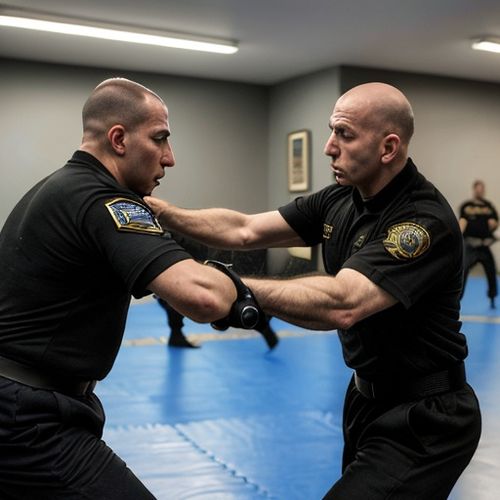
By James Moore/May 8, 2025

By Elizabeth Taylor/May 8, 2025
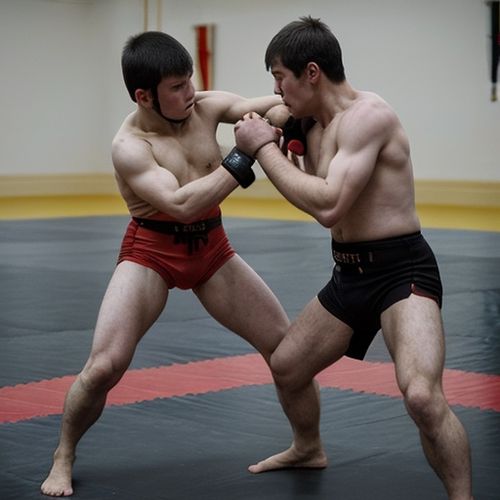
By Emily Johnson/May 8, 2025

By James Moore/May 8, 2025
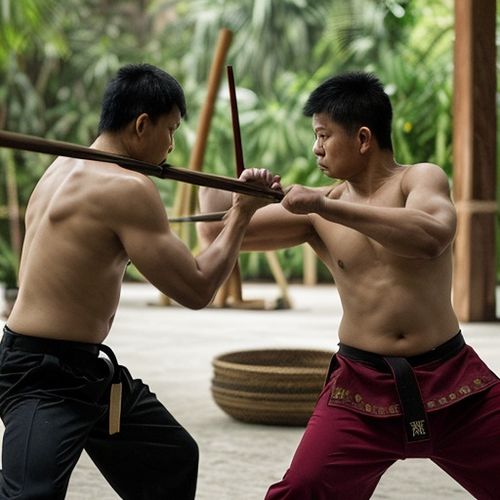
By Joshua Howard/May 8, 2025
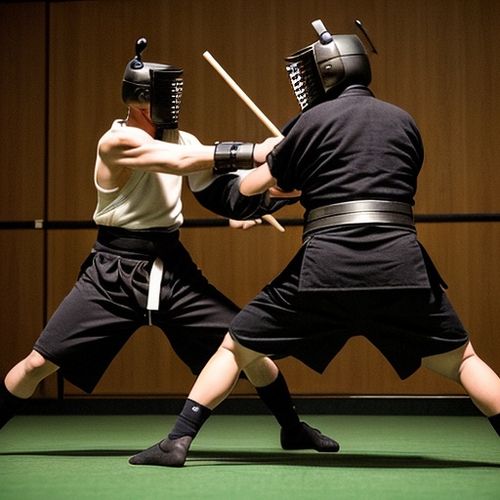
By Noah Bell/May 8, 2025
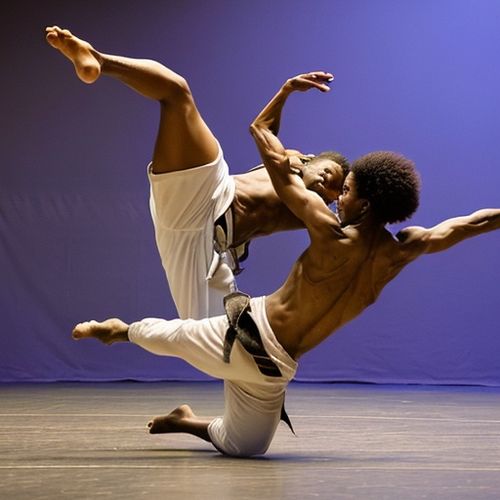
By Samuel Cooper/May 8, 2025
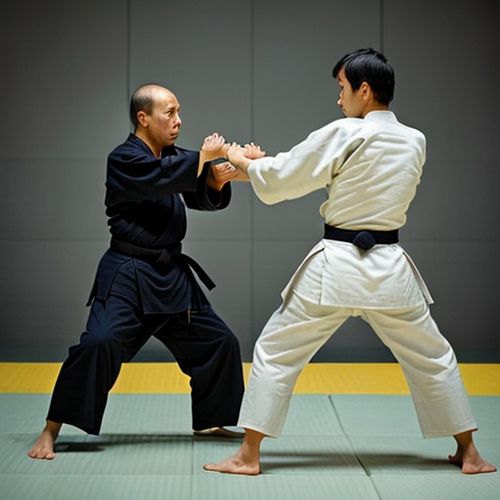
By Sophia Lewis/May 8, 2025
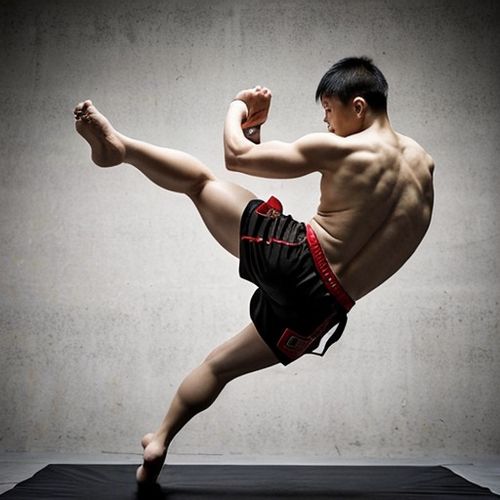
By Sophia Lewis/May 8, 2025

By Noah Bell/May 8, 2025
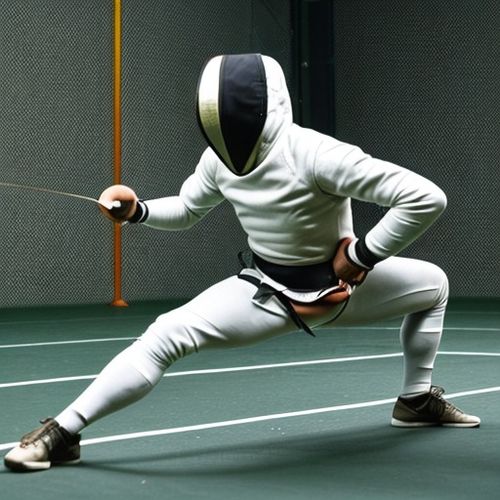
By Sophia Lewis/May 8, 2025
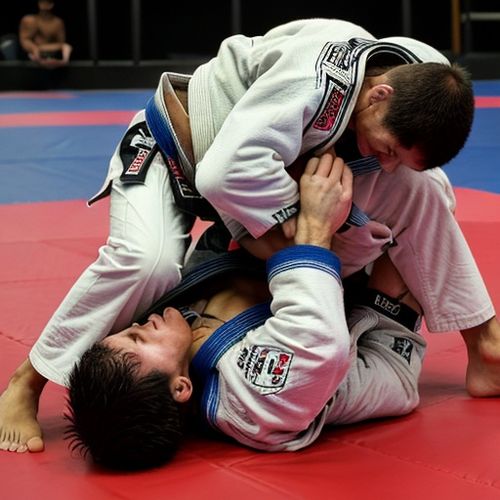
By Christopher Harris/May 8, 2025
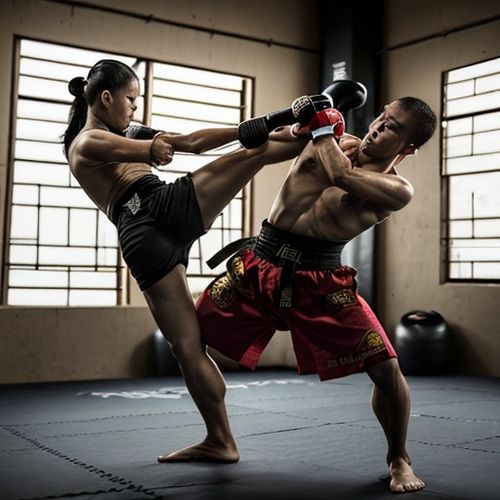
By Victoria Gonzalez/May 8, 2025

By Sarah Davis/May 8, 2025
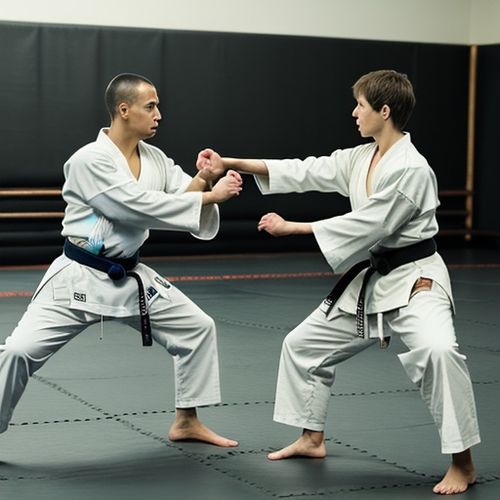
By Joshua Howard/May 8, 2025
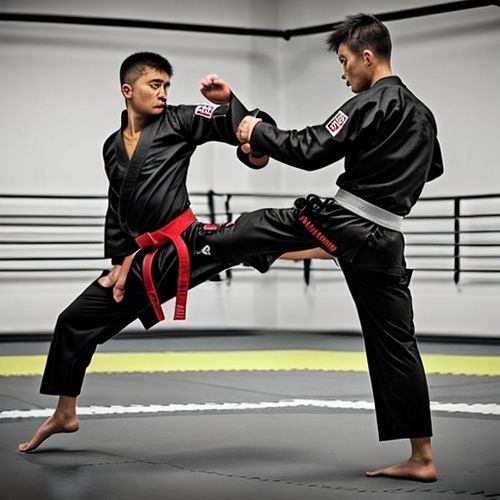
By Sarah Davis/May 8, 2025
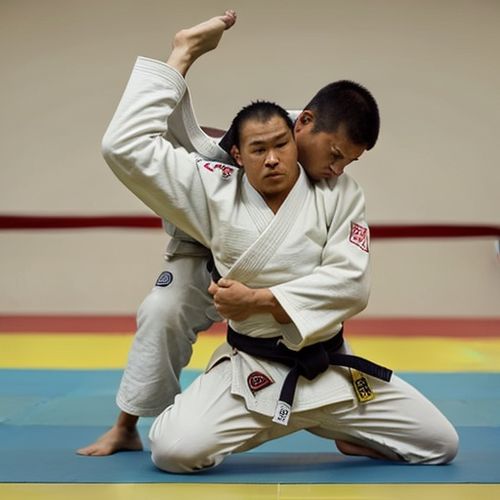
By Amanda Phillips/May 8, 2025
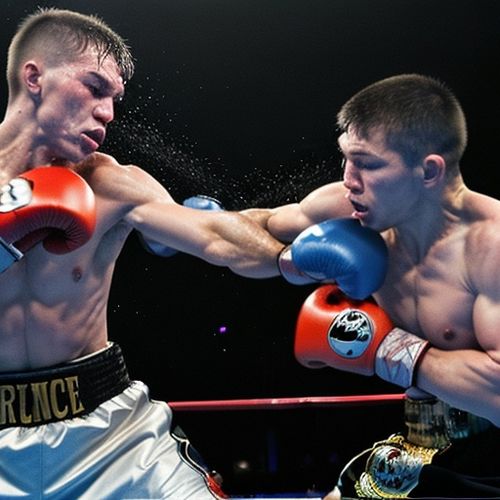
By Thomas Roberts/May 8, 2025

By Victoria Gonzalez/May 8, 2025

By Noah Bell/May 8, 2025